The way we live is changing fast—and so are the homes we live in. As technology advances and lifestyles evolve, today’s cutting-edge upgrades may soon become tomorrow’s must-haves. From smart systems that manage your home’s every move to eco-conscious features designed for a greener future, builders and designers are already thinking ahead. Whether you’re planning a renovation or just curious about what’s coming, here are 15 home features that could be standard in every new build by 2030.
1. EV Charging Stations

With electric vehicle adoption rising, the home garage is getting a serious upgrade. According to Consumer Reports, many new homes already come prewired for Level 2 chargers, anticipating a shift toward all-electric lifestyles. Builders recognize that buyers want convenience—and skipping public charging lines is a major bonus. It’s not just a luxury anymore; it’s a practical must-have.
By 2030, you may not even consider a home without this setup. As more automakers commit to phasing out gas-powered cars, charging at home will become the norm. Adding one now boosts resale value and reduces your environmental footprint. It’s the driveway essential of the future.
2. Greywater Recycling Systems
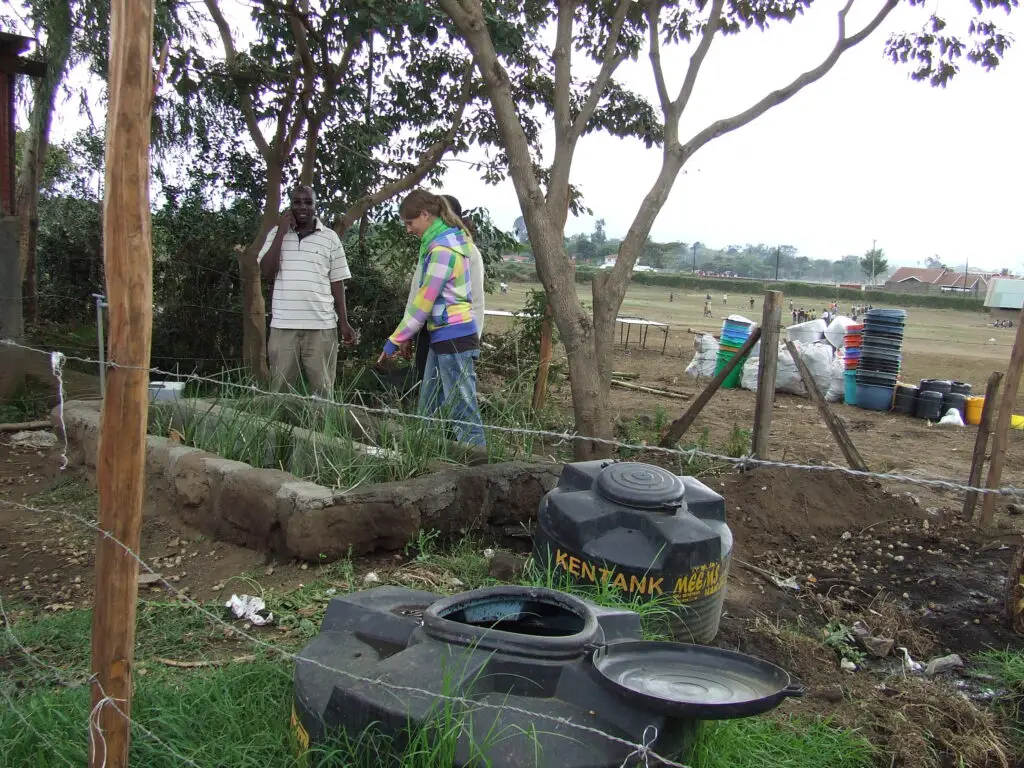
Water scarcity is a growing concern, and homeowners are looking for smarter ways to manage waste. The New York Times highlights greywater systems as a game-changer, allowing gently used water from sinks and showers to be reused for toilets and irrigation. It’s a tech-savvy solution that’s already popping up in drought-prone areas. As regulations evolve, expect it to become a standard install.
Greywater systems lower both water bills and environmental impact. They’re especially popular in green building certifications like LEED. In the near future, homeowners may expect this level of water efficiency by default. Smart plumbing is on the rise.
3. Smart Glass Windows
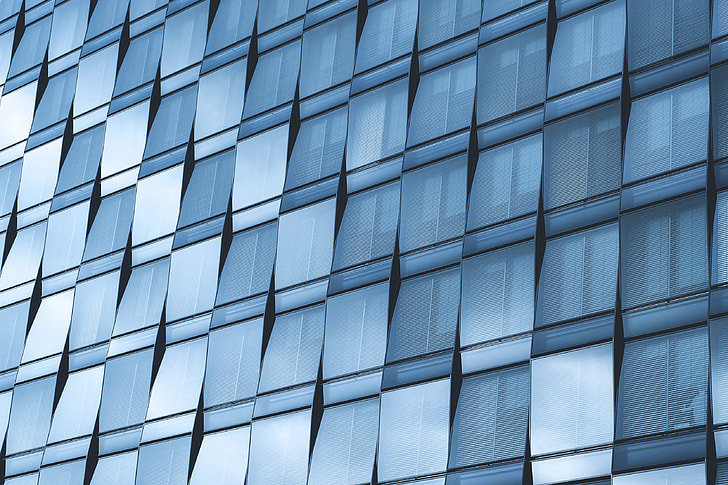
Forget blinds—future windows will adjust their tint automatically based on the light outside. Wired reports that smart glass technology is gaining traction in both commercial and residential builds for its energy-saving benefits. These windows block heat and UV rays, reducing the need for air conditioning while protecting interior finishes. Some models even connect to smart home systems for extra control.
As costs drop, expect this sleek feature to become a standard fixture. It’s an energy-saving solution that also feels futuristic. Homeowners will appreciate the improved comfort and lower utility bills. Plus, it looks pretty cool, too.
4. Solar Roof Shingles
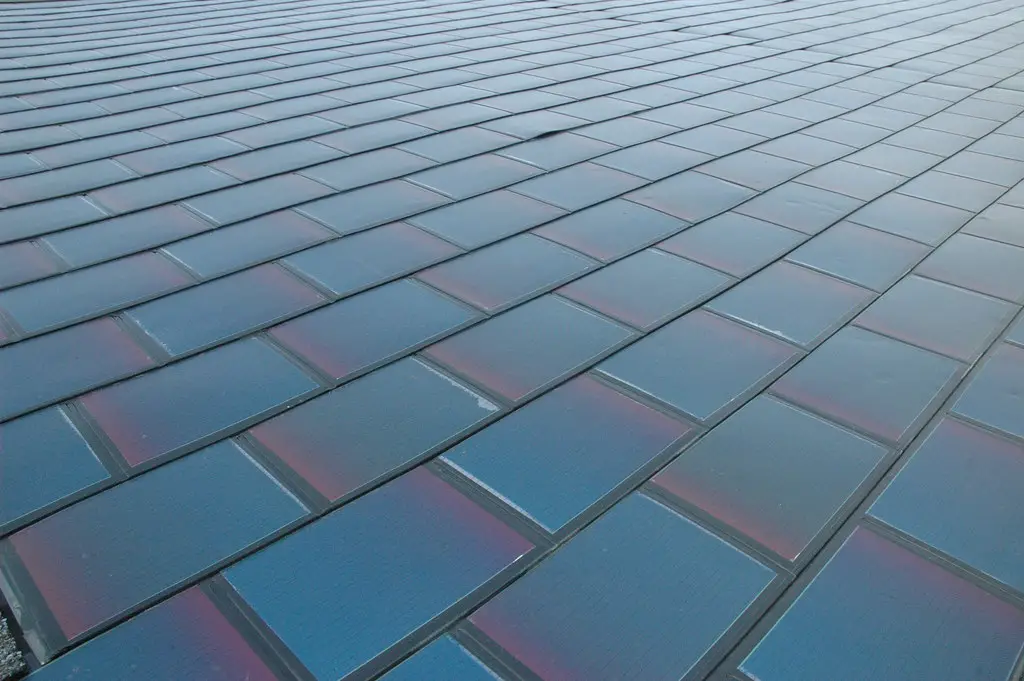
Solar panels are nothing new, but now they’re being reimagined to blend seamlessly into a home’s aesthetic. Forbes recently featured solar shingles as the next wave in green energy, offering the power of traditional panels with the look of modern roofing. They’re durable, efficient, and increasingly cost-competitive. Builders are already testing them in energy-forward communities.
By 2030, you may see neighborhoods filled with solar roofs that don’t even look solar. The shift toward net-zero homes is accelerating. These shingles turn passive surfaces into power generators. It’s sustainability without the eyesore.
5. Delivery Drop Boxes
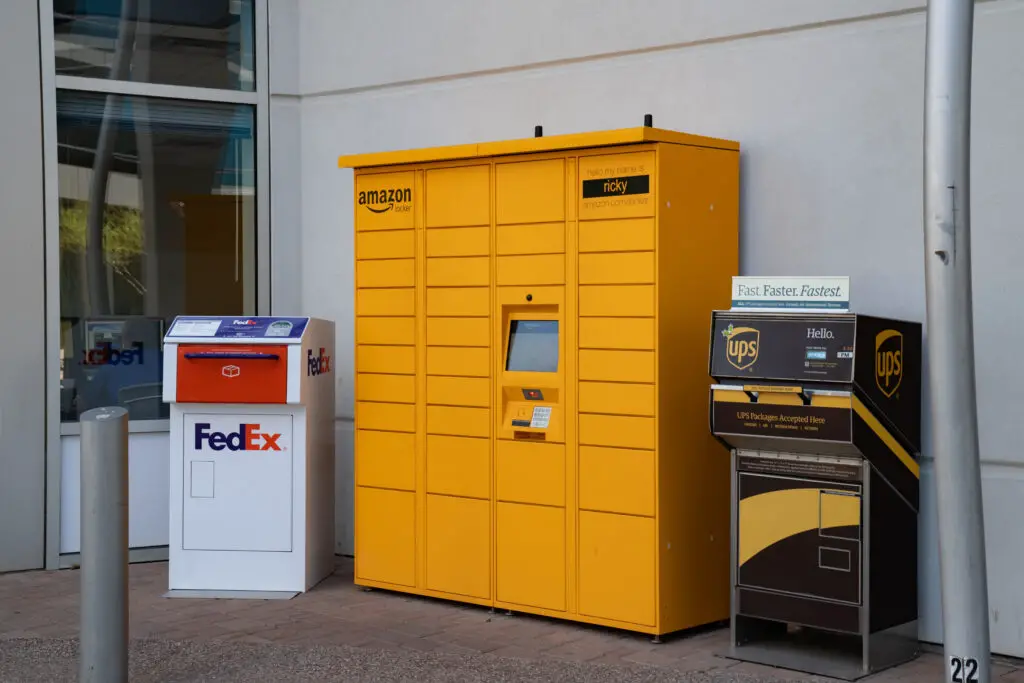
With online shopping more popular than ever, home design is responding to the need for secure delivery solutions. Many new builds include temperature-controlled lockers or vestibules for packages. These keep your deliveries safe from weather and theft while you’re away. In some designs, they even connect directly to the garage or kitchen.
This feature combines security and convenience in one neat solution. As e-commerce grows, so will the demand for smarter delivery spaces. It’s the modern version of a mailbox, upgraded for the Amazon age. Expect it to be standard before long.
6. Voice-Controlled Everything
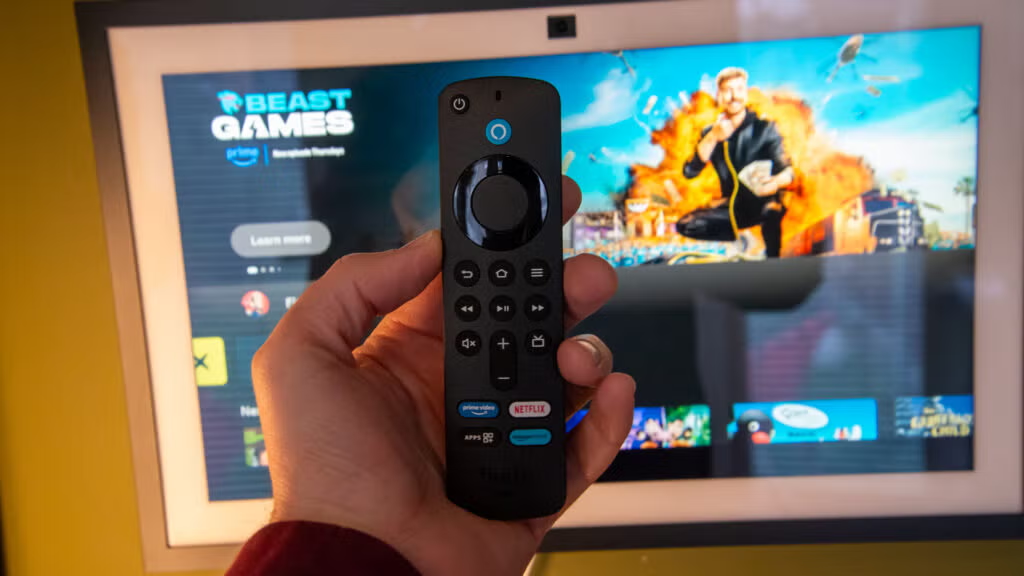
We’ve already welcomed Alexa and Siri into our lives—but by 2030, voice control could be hardwired into the home itself. Think lights, locks, thermostats, and even appliances responding to verbal commands without needing extra devices. Integrated systems are becoming more reliable and user-friendly. It’s about ease, accessibility, and hands-free living.
For families, multitaskers, and anyone with limited mobility, this shift is a game-changer. Voice-enabled homes offer control without lifting a finger. As privacy concerns are addressed, expect wider adoption. The “smart” home will get even smarter.
7. Whole-Home Air Purification
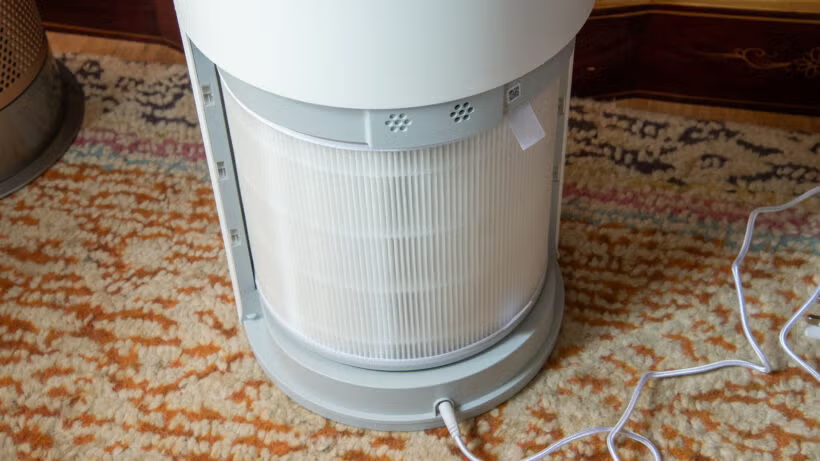
Clean air is no longer just a luxury—it’s becoming a necessity. Builders are now installing advanced air filtration systems that remove allergens, pollutants, and even viruses. These systems go far beyond your average HVAC filter, often including HEPA and UV components. Health-conscious buyers are increasingly asking for this feature upfront.
Post-pandemic awareness has accelerated demand for better indoor air quality. In a few years, it may be just as common as central air. Expect this to be standard, especially in urban or wildfire-prone regions. Breathe easier—your future home will help.
8. Smart Water Leak Detection
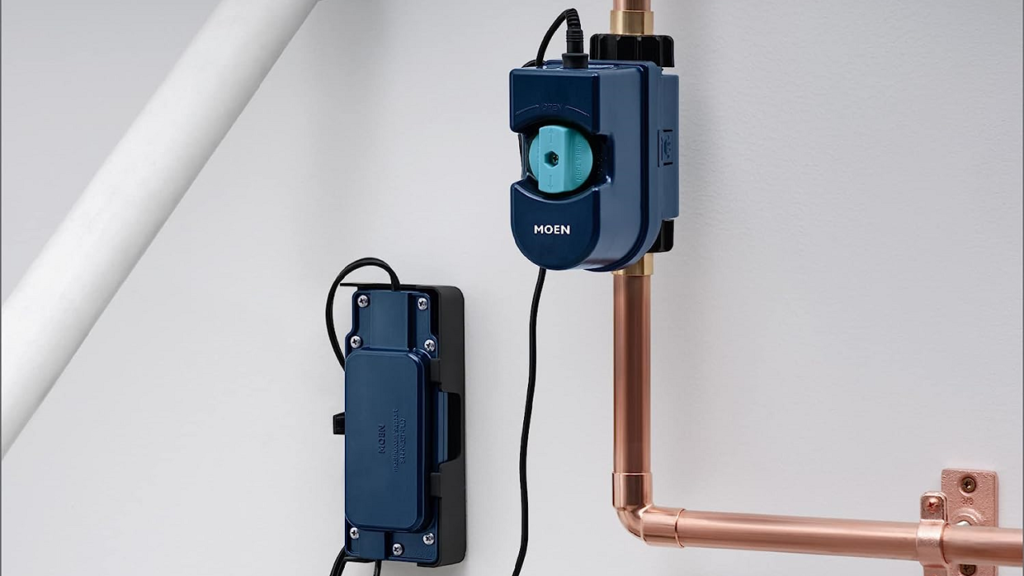
Plumbing leaks are expensive and sneaky—but smart sensors are changing the game. These systems detect leaks early, send alerts to your phone, and even shut off the main water supply if needed. Insurance companies are starting to offer discounts for homes with this tech installed. That kind of incentive could help make it universal.
Peace of mind comes with knowing you’re protected from hidden disasters. No more warped floors or surprise mold infestations. By 2030, this system could be as expected as smoke detectors. Quietly brilliant, and totally essential.
9. Flex Rooms
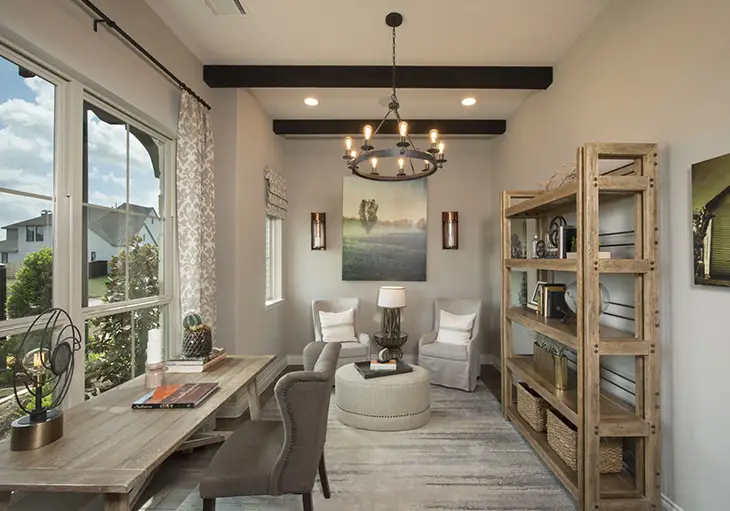
Rigid floor plans are out—flexibility is in. Instead of dedicated home offices or gyms, newer builds are creating rooms that can easily adapt as needs change. With movable walls, smart storage, and multi-functional design, one room can serve multiple purposes over time. It’s a nod to changing lifestyles and evolving family dynamics.
Whether you need a nursery today and a workspace tomorrow, flex rooms offer practical agility. Expect more homes to include these chameleon-like spaces. As our lives become more hybrid, our homes will, too. One room, endless possibilities.
10. Energy Storage Systems
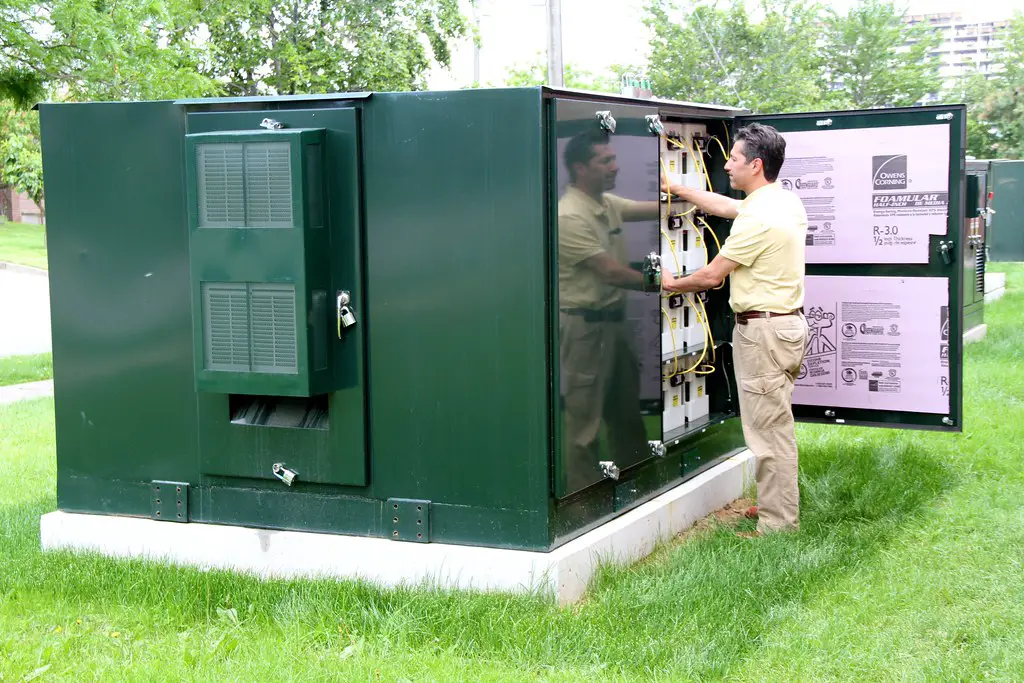
Solar power is only as useful as your ability to store it. Battery backups, once reserved for tech nerds and off-grid cabins, are becoming mainstream. They keep your house running when the grid goes down and help manage energy costs. As renewable energy adoption grows, so does the need for smarter storage.
Homes of the future won’t just generate energy—they’ll manage it intelligently. Expect battery closets to be as common as laundry rooms. It’s independence, efficiency, and peace of mind rolled into one. The sun doesn’t always shine, but you’ll still have power.
11. Universal Design Features
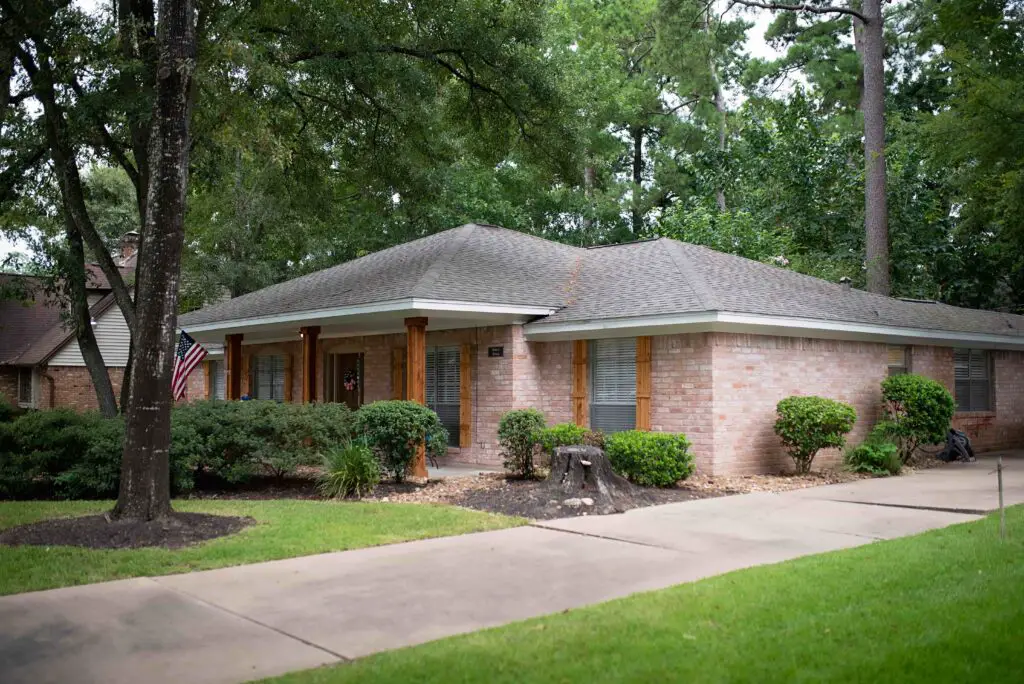
Aging in place is driving big changes in home design. Wider doorways, no-step entries, and walk-in showers are becoming part of the standard build—not just for retirees, but for everyone. These features boost accessibility without sacrificing style. And they make homes future-proof for all ages and abilities.
Builders are recognizing that what’s good for seniors is often good for families, too. Design inclusivity is here to stay. In the future, your home will be ready for anything. That’s smart planning with broad appeal.
12. Smart Kitchens
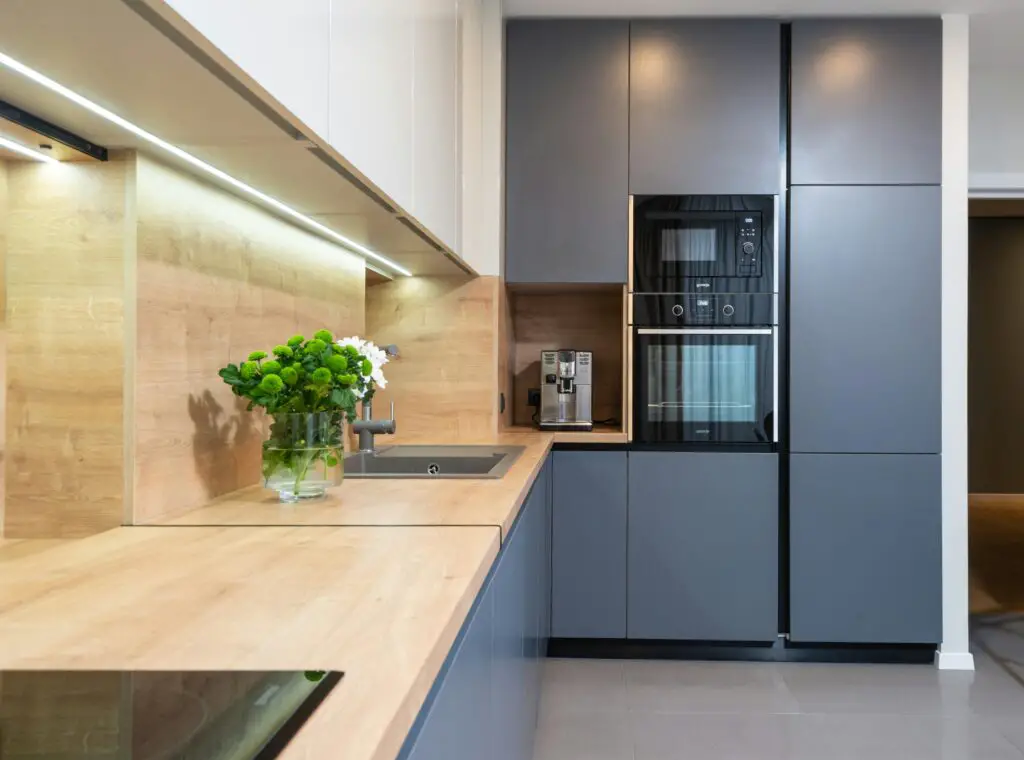
Kitchens are getting an IQ upgrade. Think fridges that track expiration dates, ovens you control with your phone, and faucets that dispense exact measurements on voice command. This isn’t sci-fi—it’s already happening in high-end builds and trickling into the mainstream. These features save time, reduce waste, and look sleek doing it.
By 2030, the smart kitchen will be more common than not. It’s about blending tech with everyday routines. Even small upgrades make a big impact. Dinner just got a digital assistant.
13. Biophilic Design Elements
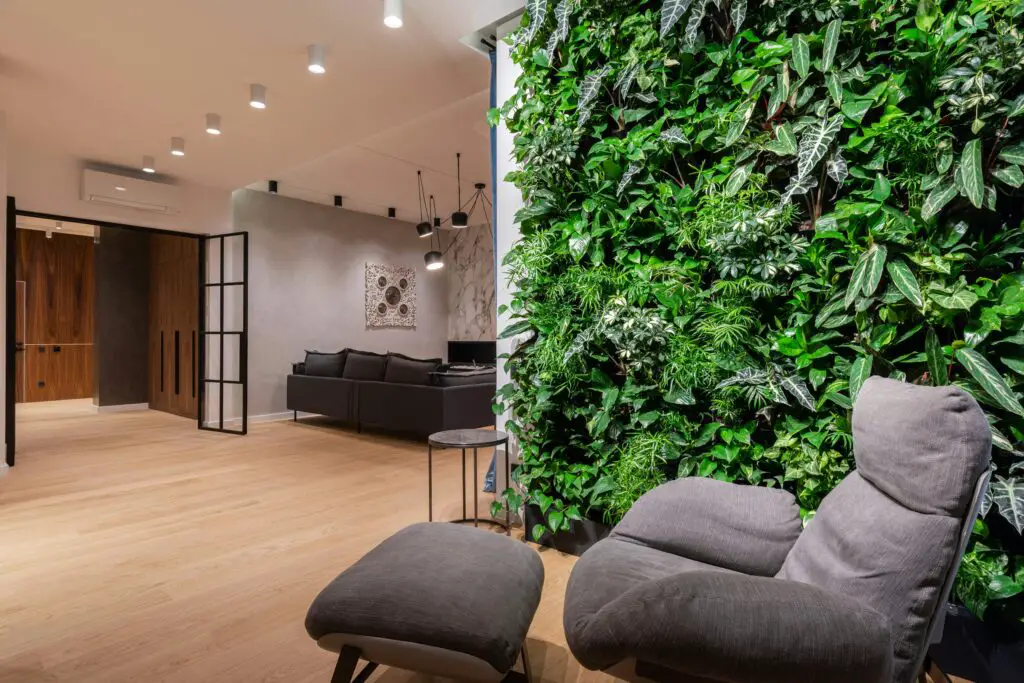
Bringing the outdoors in is more than a design trend—it’s a wellness movement. Homes of the future will lean into natural light, living walls, indoor plants, and materials like stone and wood. This approach boosts mood, reduces stress, and improves air quality. Builders are incorporating biophilic principles into everything from layout to finishings.
It’s a subtle shift that makes a huge difference. As urban density increases, nature-inspired interiors will help us stay connected to the outdoors. Expect it to feel as standard as open-concept kitchens. A little greenery goes a long way.
14. Induction Cooktops
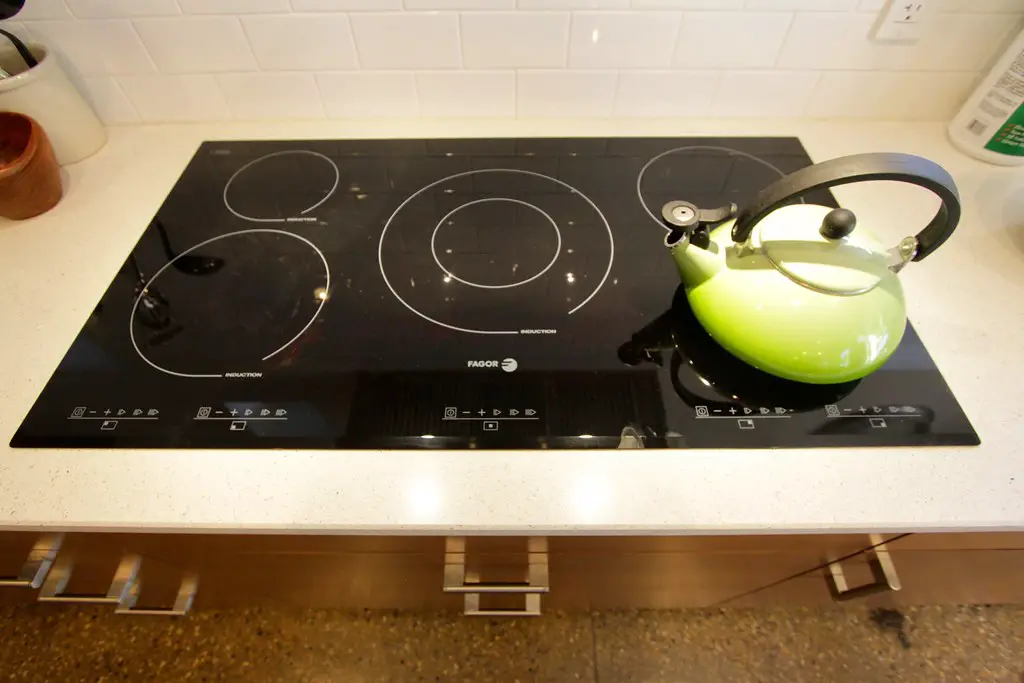
Gas stoves are falling out of favor due to health and environmental concerns. Induction cooktops are stepping in with faster heating, better efficiency, and a sleek, modern look. They’re safer, too—especially for households with kids. Builders are increasingly including them as default in new kitchens.
With cities phasing out natural gas hookups, induction could become the standard option. Cooks who try it often don’t look back. It’s clean, quiet, and high-tech. Your next stove might not have a flame at all.
15. Carbon Tracking Dashboards
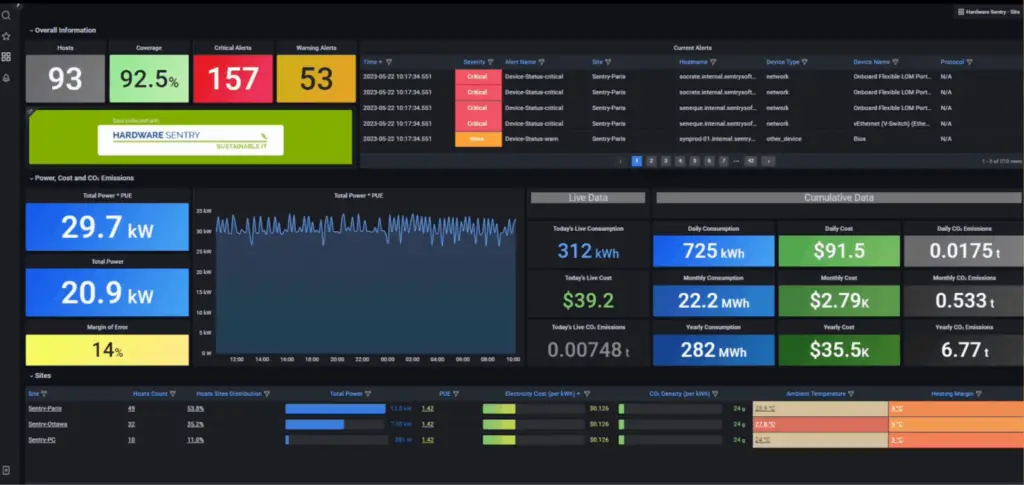
Imagine knowing exactly how much energy your home is using—and how to reduce it. Carbon tracking dashboards are starting to pop up in energy-efficient homes, giving real-time feedback on usage and emissions. Think of it as a Fitbit for your house. As sustainability becomes a priority, these insights will help homeowners make smarter choices.
By 2030, this data could be integrated right into your smart home hub. It’s about transparency, control, and accountability. Future homeowners won’t just live in a space—they’ll manage it like a system. And the planet will be better for it.
